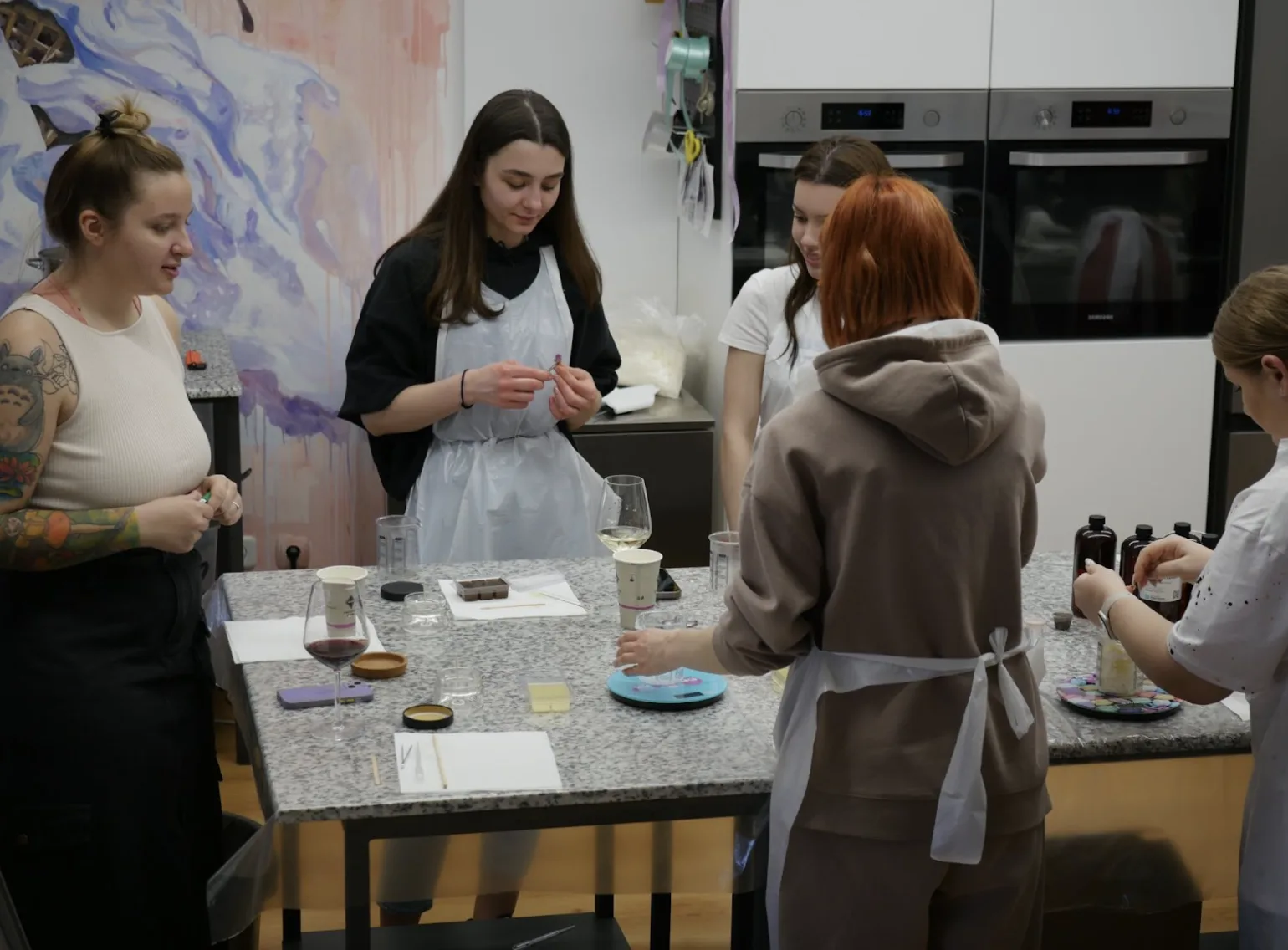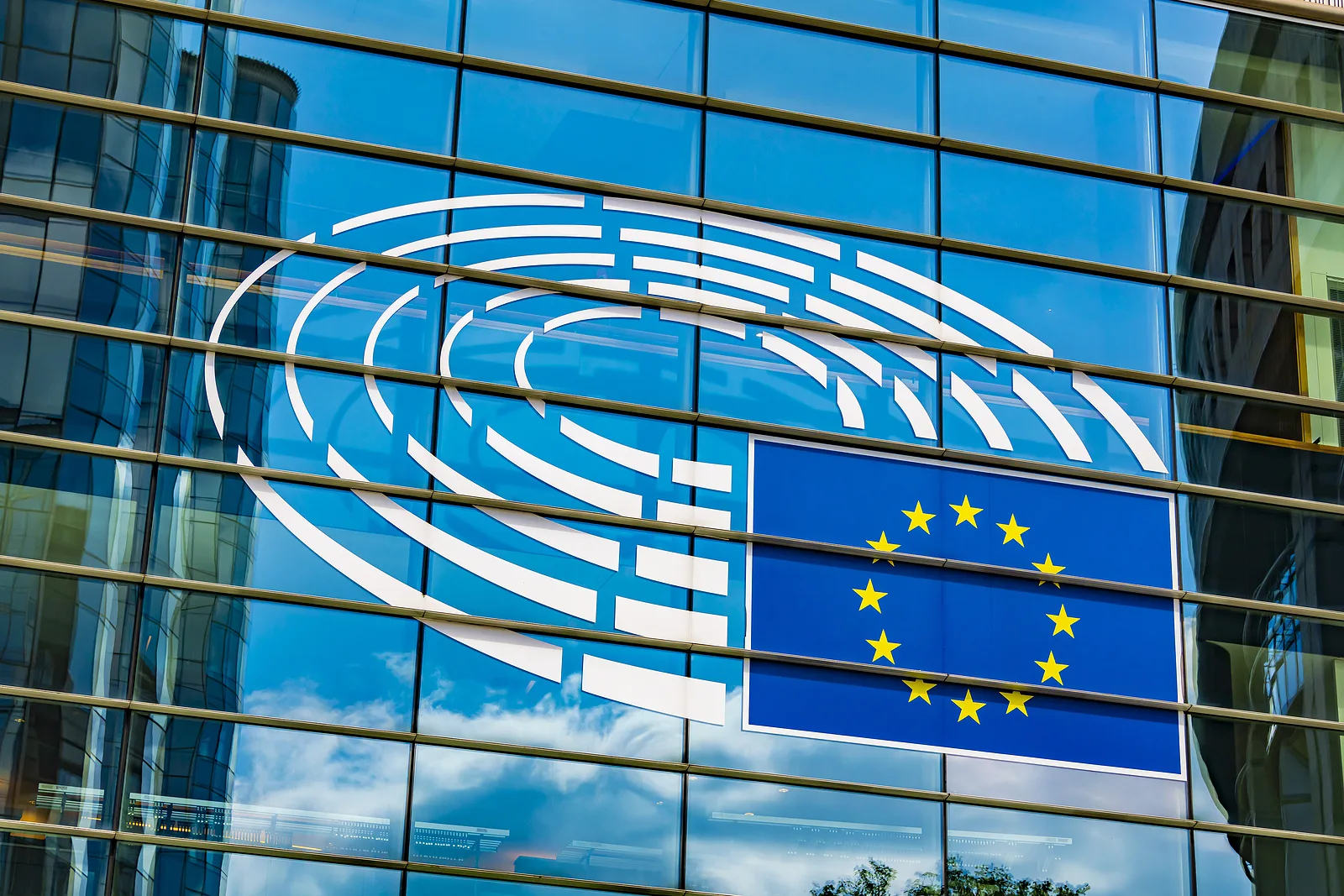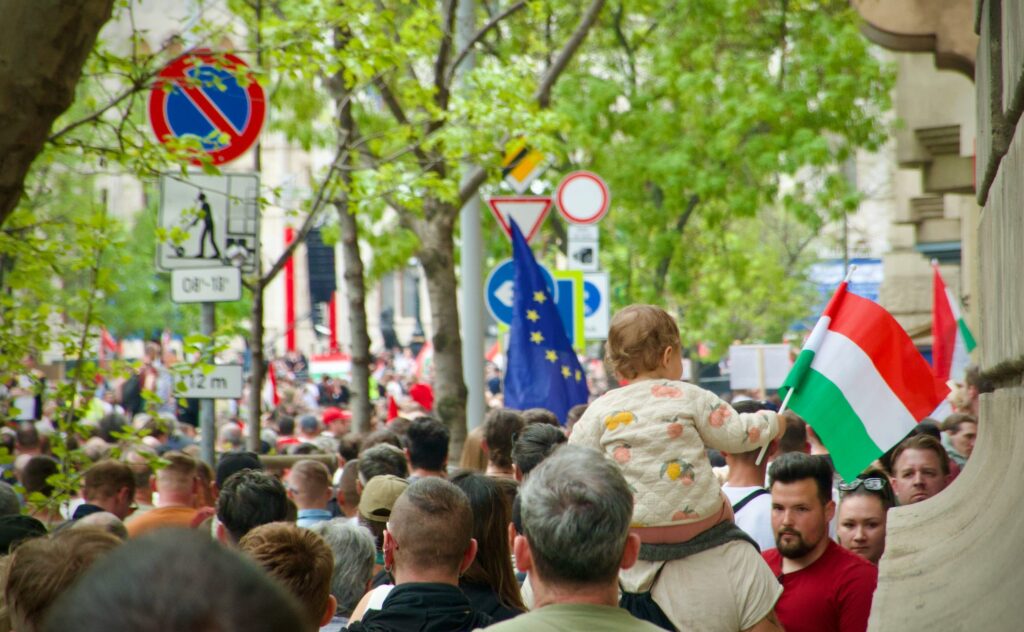PwC’s Global Government and Public Services Leader and CEE Clients and Markets Leader Agnieszka Gajewska remembers precisely where she was on May 1, 2004, when ten countries, most of them from Central and Eastern Europe (CEE), joined the European Union.
“In Castle Square in Warsaw, singing Ode to Joy,” she says, adding that she could probably pinpoint the exact location in the square to within a couple of square metres.
“But we already felt like citizens of Europe. Even before accession, we had been able to take part in various EU programmes. I had studied in Germany, in Austria, for example.”
That May, the EU embarked on a historic fifth enlargement that was not just a political milestone but also a significant economic turning point for the accession countries, namely Czechia, Estonia, Hungary, Latvia, Lithuania, Poland, Slovakia, and Slovenia, along with Cyprus and Malta.
Additionally, Bulgaria and Romania, which joined the EU in 2007, are still generally considered part of the fifth enlargement.
The accession to the EU unlocked substantial structural and cohesion funds designed to reduce disparities in economic development and promote real convergence among member states.
These funds have been pivotal in modernising infrastructure, such as roads, ports, and telecommunications, directly benefiting businesses by improving logistics and connectivity. For instance, Poland received over 100 billion euros from EU funds between 2007 and 2013, spurring growth in its GDP and significantly reducing unemployment rates.
Moreover, the integration into the EU brought about macroeconomic stability and encouraged policy reforms that aligned these countries with the EU’s stringent economic and legal standards. This transformation was instrumental in enhancing their attractiveness to both domestic and foreign investors, leading to an upsurge in investments across multiple sectors including technology, manufacturing, and services.
From a business perspective, EU membership catalysed profound economic transformations in these nations, driving growth, enhancing market accessibility, and fostering robust business environments that have made each and every new member wealthier and more competitive.
“Whenever we have conversations with clients and investors, it’s clear that they are more keen on countries that are EU members,” says Gajewska. “There’s a premium that comes with EU membership.”
But as Gajewska is keen to point out, EU membership for the countries of CEE has been a two-way street: the past two decades have not just been about the EU transferring funds and know-how to its members in the region—a great deal of talent and know-how have gone the other way.
“The phrase, ‘CEE owes the EU so much’ gets used a lot,” she says. “But I am not a great fan of this word, ‘owing’. Brussels is not just an ATM. The EU is about partnership. CEE has contributed a great deal to European growth and we need to remember that. EU membership has helped to create a business environment in CEE that has allowed businesses from the EU to invest and benefit from our markets. But it is clear that the economies from the region benefited big time and for this I’m hugely grateful.”
Then there’s leadership. “If you look at the current, difficult geopolitical situation, CEE has been at the forefront of events, accepting millions of Ukrainian refugees and being part of the solution when it comes to Russia’s war on Ukraine.”
Time to ‘lean in’
Since 2004, CEE within the EU (CEE-EU) has been one of the world’s two most successful growth stories, alongside the Asian Tigers and China. One of the best examples of just how much the EU has meant for the region comes from the Polish Economic Institute, which last year published estimates showing that if Poland were not a member of the EU, its GDP would today be 31 per cent lower.
Access to the EU’s single market created opportunities for CEE products and services and resulted in growing international trade and FDIs inward stocks—which for the CEE EU countries increased from around 40 per cent of GDP in 2004 to around 60 per cent in 2021.
According to estimates from PwC based on World Trade Organisation (WTO) data, the total growth of exports of business services from CEE-EU has been triple-digit since 2005, and in the case of Poland and Romania it has surpassed 500 per cent.
Estonia meanwhile boasts one of the highest numbers of unicorns (start-up companies that have achieved a one billion US dollars valuation) per million inhabitants in the world. Students from Estonia, Poland, Slovenia and Czechia are among the OECD leaders in mathematical literacy, while the tertiary education enrolment rate in CEE is above the world’s average and the region is catching up with the EU average.
Today, the percentage of high skilled workers among total employees in CEE-EU countries is as high as in Western European countries. And the percentage of workers who perform cognitive tasks (managers, professionals, technicians) has risen from 20 per cent to 25 per cent over the last 12 years.
The proportion of female ICT specialists in some CEE countries is significantly higher than the EU average (19.1 per cent). For example, in Bulgaria, 28 per cent of ICT specialists are women, in Romania—26 per cent.
Spending on research and development (R&D) is growing across the region, with many CEE countries outspending their peers (countries at a similar level of GDP per capita). For example, Czechia has a higher rate of R&D spending than Spain, and the wealthier Italy or the UK.
Gajewska believes that the challenge for CEE now is to “lean in” and make its voice heard, as well as communicating what more it can offer.
“When it comes to [CEE], most of the low-hanging fruit has already been harvested,” she says. “We are doing well with convergence but we need to move further up the value chain. If you look at the way we do in business, specifically with technology and artificial intelligence (AI), we need to be aware that the talent we have in CEE can work in our favour.
“The US and China are currently locked in a high technology, AI race, but Europe also wants to be a part of that. And here, with more than 1.5 million highly technologically qualified people, we can contribute. We can also effectively benefit forever from these developments. But to do that we need to roll up our sleeves and be bold in the decisions we take. If we don’t, lots of our businesses will soon be obsolete.”
Sometimes, says Gajewska, it can be easier to build 100 kilometres of motorway than carry out the complex digital transformation of the public or business environment. “We need to be doing much more in supporting innovation,” she says. “We need to make the most of our outstanding entrepreneurship, our appetite for growth.”
‘You can’t keep an entire generation in the waiting room’
No fewer than nine countries are currently part of the EU’s formal accession process. Five of the candidate countries—Albania, Bosnia and Herzegovina, Montenegro, North Macedonia and Serbia—are in the Western Balkans, the others being Georgia, Moldova, Ukraine and Turkey.
While some senior figures in the European institutions are talking openly about speeding the process of further enlargement along, there appears to be little political will in Europe’s major capitals for any further enlargement—at least on the scale of 2004.
This, believes Gajewska, is a mistake, and points to collective memory loss of just how successful the 2004 enlargement has been.
“There was talk back then that the countries of CEE were not ready, but that enlargement has been a great success. Today, we need to find solutions for these [candidate] countries, because you can’t keep an entire generation in the waiting room. It creates a vacuum, which is dangerous, because they may begin to look for alternatives.”
Speeding up enlargement is not the only way that the EU could enhance its standing—both in the candidate countries and in existing EU members. Gajewska suggests that it could communicate its success far better, as a means of combatting any anti-EU populism.
“It’s important that we celebrate this 20th anniversary and that we talk about the benefits [of EU membership], and that we are clearly able to explain to our counterparties why it totally makes sense. If we don’t, there is a risk of complacency setting in, of taking the EU for granted,” she says.
But again, she points out that it needs to be a two-way street. “We need to make sure that we are part of the decision-making process and that we have a very strong voice within the EU institutions.”
Collective effort
As PwC’s Global Government and Public Services Leader and CEE Clients and Markets Leader, Gajewska is one of those people making a real effort to ensure that CEE has a voice within the EU, helping with the design and implementation of projects that ensure traffic continues to travel both ways—importing know-how from the EU’s western members but also exporting the region’s considerable know-how the other way.
One of these initiatives is DG Reform, which concerns all 27 EU member states and the areas of human rights, rule of law, democracy, good governance/public administration.
“We are making a major contribution to that framework, and many of its projects are in Central and Eastern Europe. We’re working hand in hand with our governments, local governments, and the European Commission, helping them with the critical structural reforms our countries need in order to ready them for the next 20 years, to put in place a framework that will allow them to move further up the value chain,” she says.
Contrary to some of the stereotypes in some quarters, Gajewska says that the EU is, “A great client to work with”, far from the overly bureaucratic and ponderous institution of popular imagination.
“We recently faced three major crises,” she says. “Covid-19, Russia’s war on Ukraine, and the arising energy crisis. The EU has dealt with them all quickly, effectively—and perhaps most importantly—collectively.”
There is indeed strength in union.
Photo by Mihály Köles on Unsplash.







